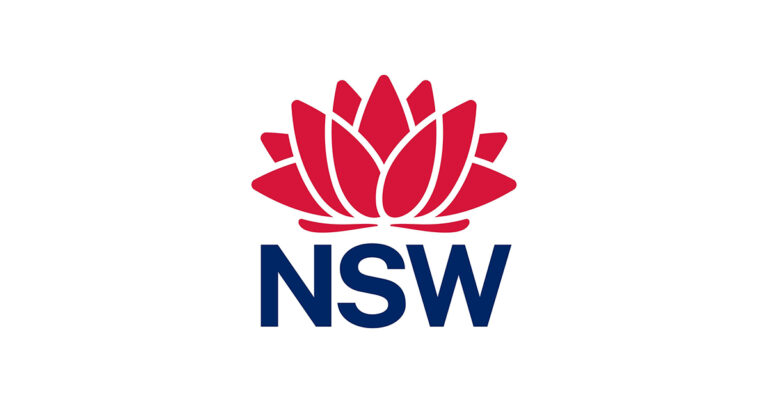Check out the top nutrition trends of 2024 and discover why sustainable, function-focused eating is making waves. From eco-friendly superfoods to personalized wellness plans, we’re breaking down what’s driving the buzz.
1. Sustainable Nutrition
Sustainable nutrition focuses on eating practices that support both personal health and environmental well-being. According to the World Economic Forum, 65% of people aspire to make the right choices to live healthier and more sustainable lives.
In the UK, the Food Standards Agency states that about 73% of people consider it important to buy food that has a low environmental impact.
These statistics reflect a growing awareness of eco-friendly consumption. Sustainable and ethical food choices involve consuming more plant-based foods like fruits and veggies. It also involves reducing the use of animal products like dairy and opting for plant-based milk instead.
Sustainability also means minimizing food waste and using up leftovers, like turning yesterday’s roasted veggies into today’s salad.
2. Women’s Health
The White House announced the first-ever Initiative on Women’s Health Research earlier this year. And, despite a 27% decline in overall health tech funding between 2022 and 2023, investments in women’s health innovators increased by 5%, according to the consulting firm Deloitte.
Additionally, the global market for female health supplements is expanding as more women seek health solutions tailored to their needs.
The female-focused digital market (e.g., birth control wearables) is also expanding. These devices and apps are helping women track their hormone health and make informed dietary choices based on their specific needs.
Did you know? We partnered with our Lead Nutrition Scientist and Registered Dietitian Stephanie Nelson to create a FREE 7-day Eating for Impact Plan. It’s designed to help women fuel their best—so they can feel their best. Learn more!
3. Cortisol and Stress Management
Stress management has become a key trending topic in 2024, with a notable focus on cortisol, a stress hormone. TikTok has popularized cortisol-reducing products like supplements and adaptogens to manage stress, and sales are rising.
Stress relieving foods, like the anti-inflammatory ones on the Mediterranean diet, can help keep cortisol levels in check.

4. Microbiome Health
The probiotic market is expected to grow from $71.2 billion in 2024 to $105.7 billion by 2029. This makes microbiome health an emerging nutrition trend in 2024.
This trend reflects the rising interest in gut health and its impact on overall well-being. A healthy gut helps support digestion, immunity, and mental health, and nutrition plays a key role in maintaining a balanced microbiome.
Some of the best foods for gut health include fiber-rich foods like fruits, vegetables, and whole grains, along with probiotics found in yogurt and fermented foods.
5. Accessible Nutrition
In 2024, food security remains a major global challenge, leading the World Bank to mobilize $45 billion to address it. Still, a recent poll revealed that 53% of people feel that nutritious food is still not accessible or affordable enough.
Strategies to reduce the cost of healthy eating while maintaining food supply include community gardens and farmers’ markets with subsidized pricing. Some tips you can follow include cooking at home, planning meals, buying non-perishable food in bulk, and having a flexible grocery list so you can shop for sale prices. Government programs and policies can also promote the affordability and availability of nutritious food, making healthy eating accessible to everyone.
6. Plant-Based Diet
Plant-based food sales reached $8.1 billion in 2023, with 62% of U.S. households buying these products and 81% returning for more.
They can offer numerous health benefits, including improved digestion and weight management. They’ve also been shown to positively impact the environment by reducing carbon footprints and conserving resources.
To start eating more plant-based food, add fruits, vegetables, whole grains, legumes, meat substitutes, and dairy-free products into your diet. Gradually replacing animal products with plant-based alternatives can make the transition smoother and more sustainable. Be patient with your body, as plant-based eating may cause stomach issues initially.
7. Functional Beverages
Functional beverages may soon replace coffee and energy drinks in popularity. These healthy alternatives, enriched with vitamins, minerals, adaptogens, and probiotics, aim to boost energy, focus, and overall well-being. The functional beverage market is expected to grow at a 5.4% rate through 2033, which shows how much they’re in demand.
Research indicates that the matcha tea market’s growth rate will increase by 9.9% and reach $6.86 billion by 2033. Customer awareness of matcha’s many health benefits is likely driving this trend.
Kombucha, a fermented tea drink, is also praised for its ability to contribute to healthy lifestyles. That’s why this drink is currently at the top of the list among popular fermented drinks, with its sales being expected to generate $1.3 billion by the end of the year.
8. Low-Carb Diets
Low-carb diets are a trending nutrition topic in 2024, in spite of the fact that some dietitians do not recommend them.
Benefits include faster weight loss and stabilized energy levels. As more people seek sustainable health solutions, low-carb diets offer a manageable approach to achieving and maintaining optimal health and fitness.
9. Non-Alcoholic Drinks & Mocktails
The rise of the sober curious movement has fueled the popularity of non-alcoholic drinks and mocktails, with this sector expected to grow rapidly by 2033. Bars now offer creative non-alcoholic options that cater to all patrons.
These beverages are appealing to those seeking a healthier lifestyle without sacrificing social experiences. Examples include virgin mojitos and alcohol-free gin and tonics. Try using fresh fruits, herbs, and sparkling water for homemade mocktails.

10. Sodium and Sugar Reduction
The International Food Information Council’s 2023 Food Survey revealed that about 72% of people are looking to cut or limit sugar in their diet. Another survey by the same organization also showed that 37% of people are currently reducing sodium in their diets, and 17% are interested in doing so in the future. Dietary sugar and sodium reduction may be a long-standing nutrition trend.
Cutting down on dietary salt and sugar is important to prevent the health risks associated with high intake, such as heart disease, diabetes, and obesity.
To implement this change in your life, consider reading food labels, cooking at home to control ingredients, and using herbs and spices instead of salt for flavor. Choose fresh foods over processed ones and opt for natural sweeteners like fruits or stevia to satisfy sweet cravings.
11. Personalized Nutrition
The digital personalized nutrition market is expected to grow at a rate of around 16.5% from 2024 to 2031. Personalized nutrition through technology provides the opportunity for more precise, actionable insights for achieving individual health outcomes. Innovative technologies can track nutrient intake, monitor progress, and adjust recommendations in real time, making it easier to achieve specific health goals and optimize overall well-being.
12. Artificial Intelligence in Food
Artificial intelligence (AI) is transforming nutrition, becoming a leading trend in 2024 for its power to create personalized meal plans, analyze dietary habits, and assess overall health. Trend analysis indicates that personalized meal planning using AI is set to grow 21.9% annually, reaching $10.5 billion by 2030.
About 77% of devices use some form of AI. Moreover, a recent survey found that 55% of Americans use AI regularly. This indicates that AI-driven solutions are in high demand, aligning with the growing trend in AI-based nutrition.
A recent study showed that an AI-driven mobile app can help you exercise more and encourage weight loss by recommending physical activity according to your specific inputs, that is, your individual condition, goals, and wants. Other apps recognize foods and track and assess your dietary intake.
Tools like MyFitnessPal’s nutrition tracking app can offer the tools to help you reach your nutrition or fitness goals, including tracking tools, an extensive food database, goal-focused recipes and workout routines and also offer science-backed guidance and plans from registered dietitians (e.g., a gut health nutrition plan for those with digestion issues).
The Bottom Line: Sustainable, Function-Focused Nutrition Is in for 2024
Sustainable yet functional eating patterns will thrive as a 2024 nutrition trend due to the increasing awareness of environmental impact, health optimization, and personalized diets. Consumers are prioritizing foods that support both personal well-being and ecological balance, favoring nutrient-dense, minimally processed options that align with their values and health goals.






